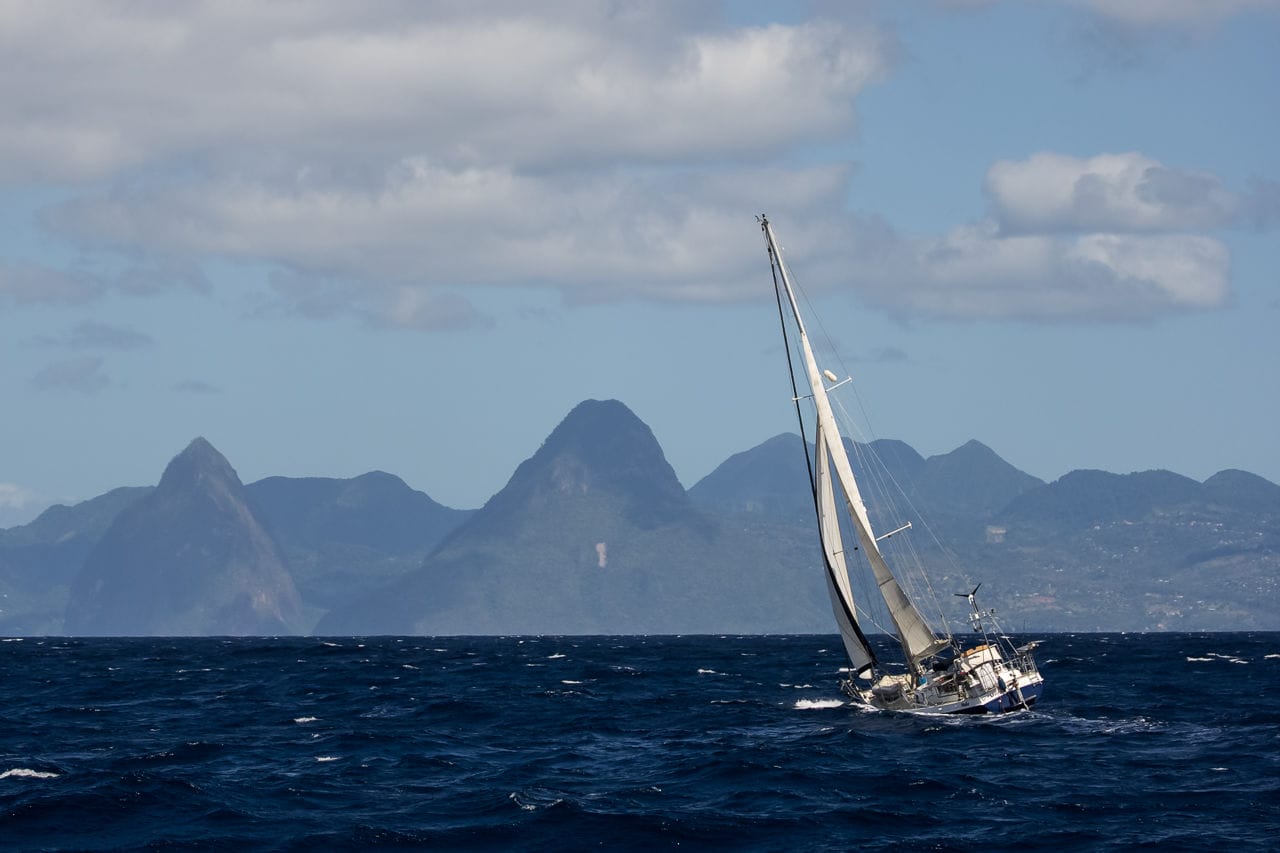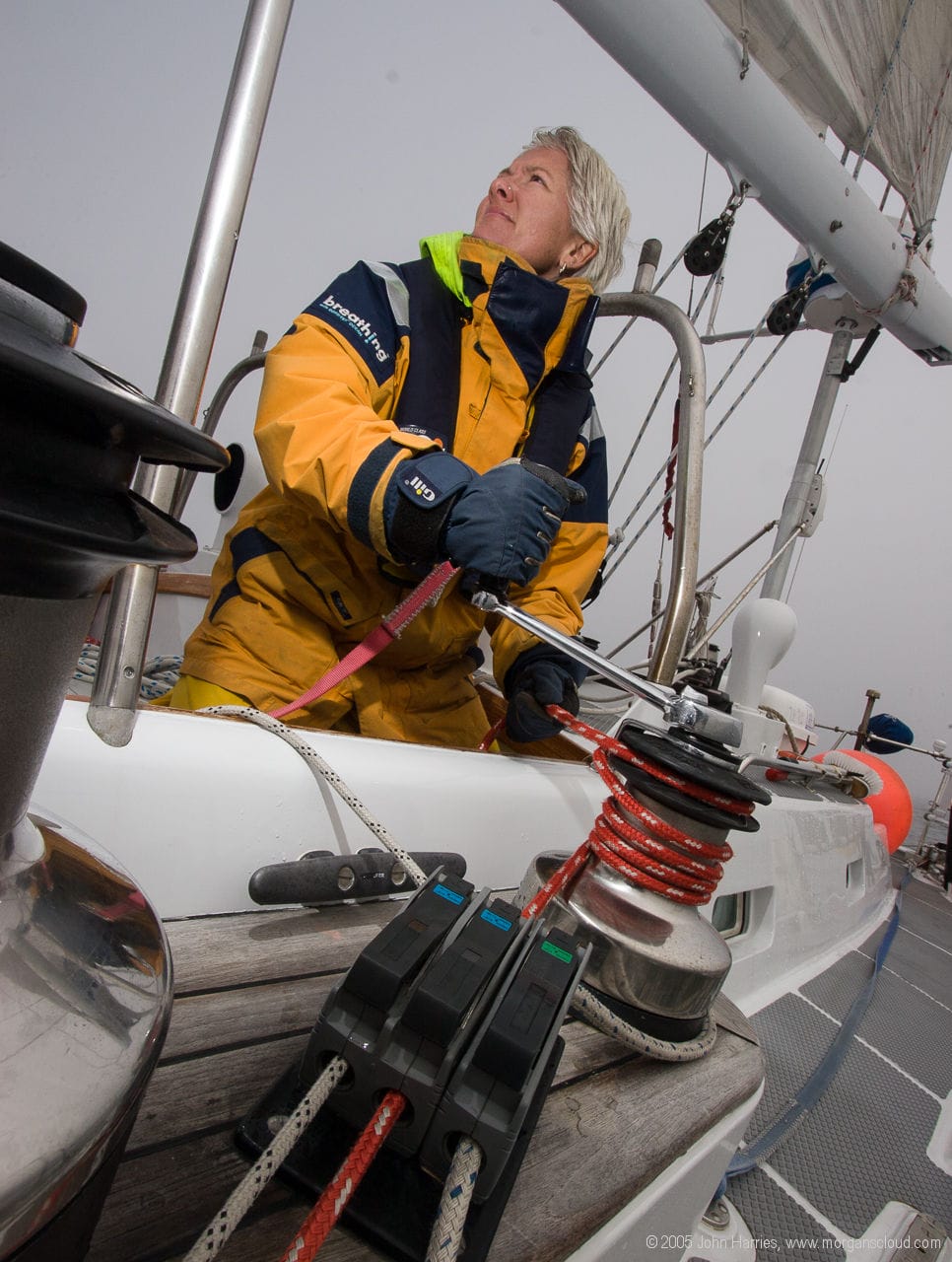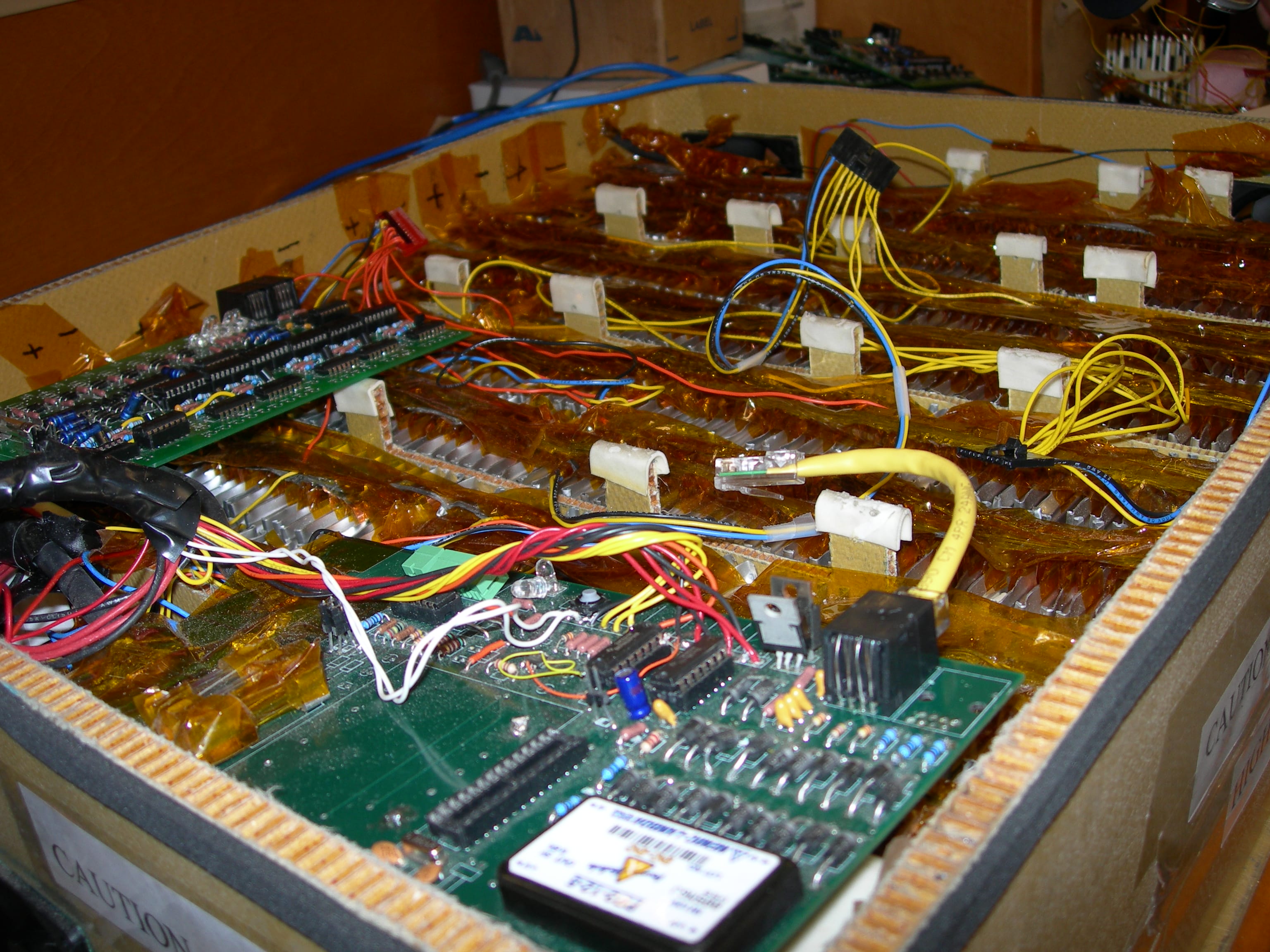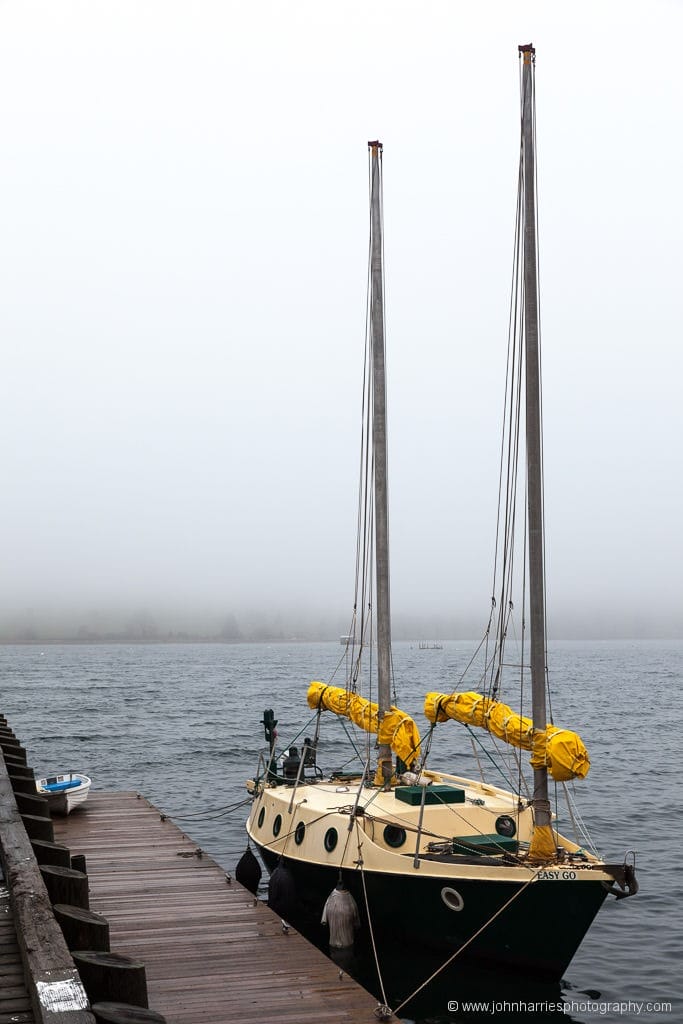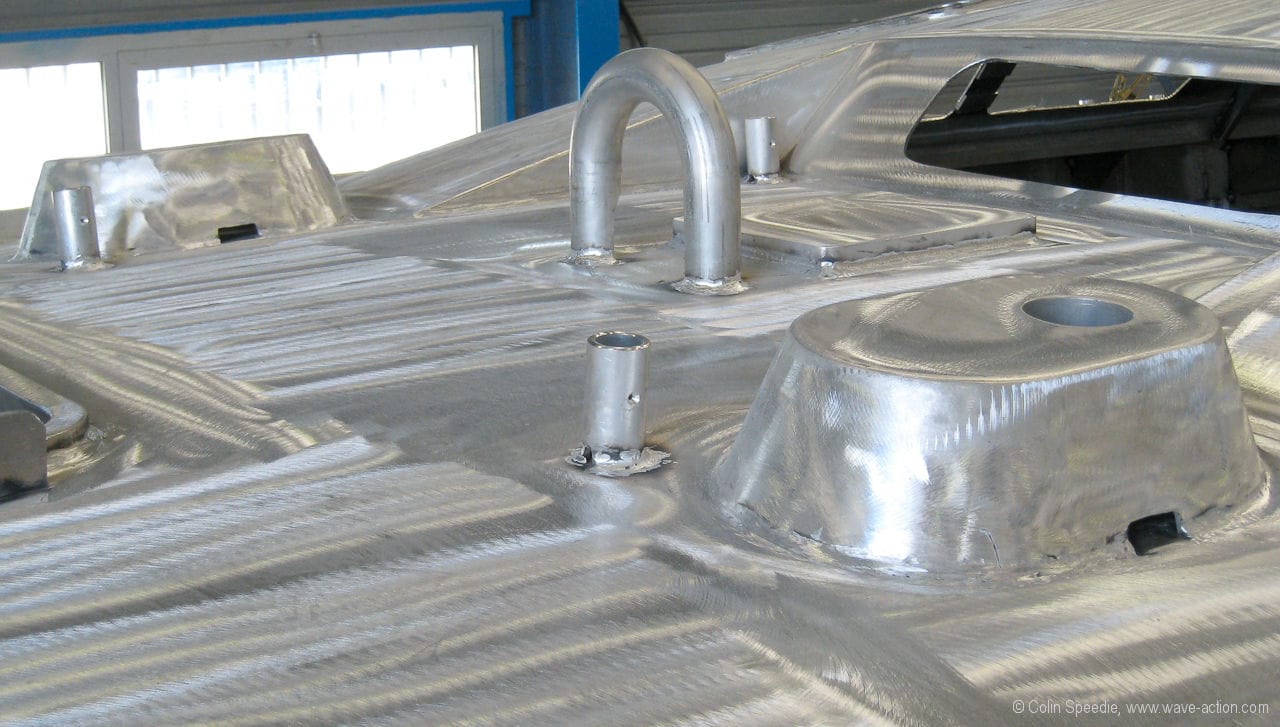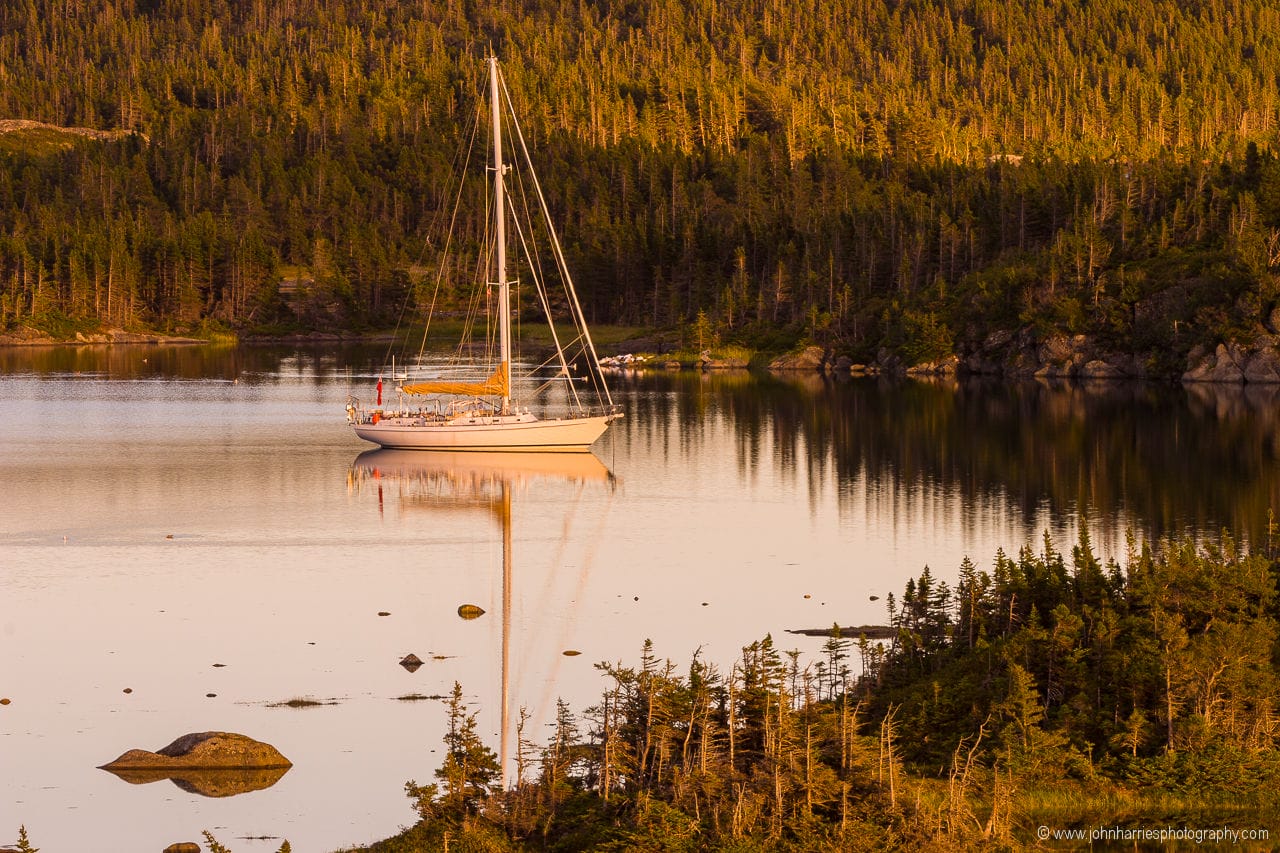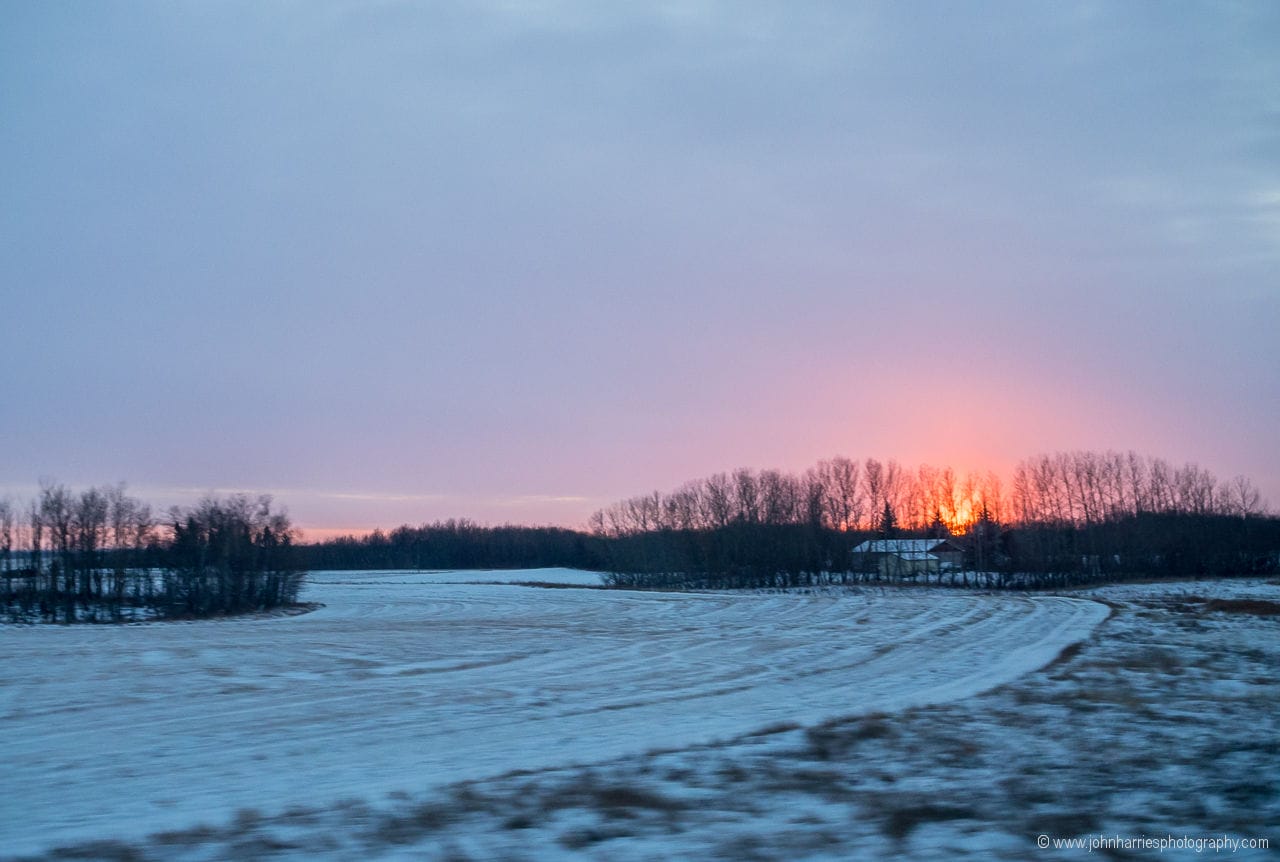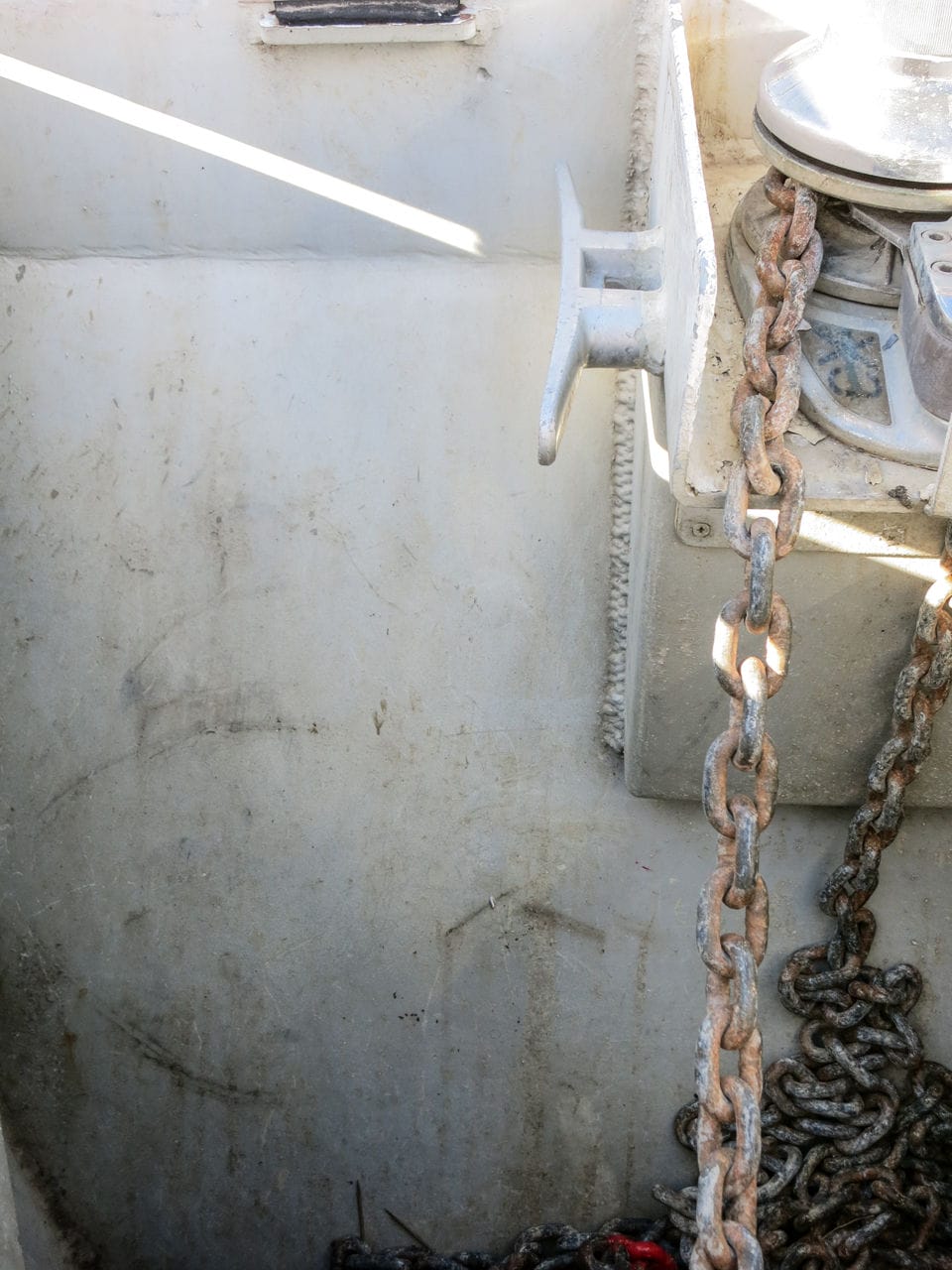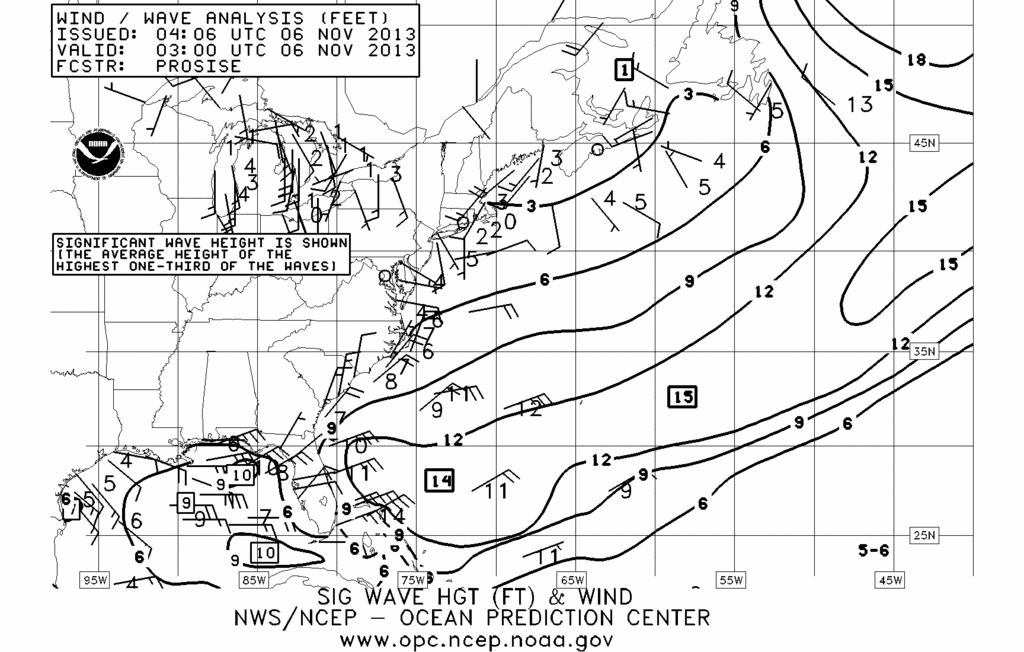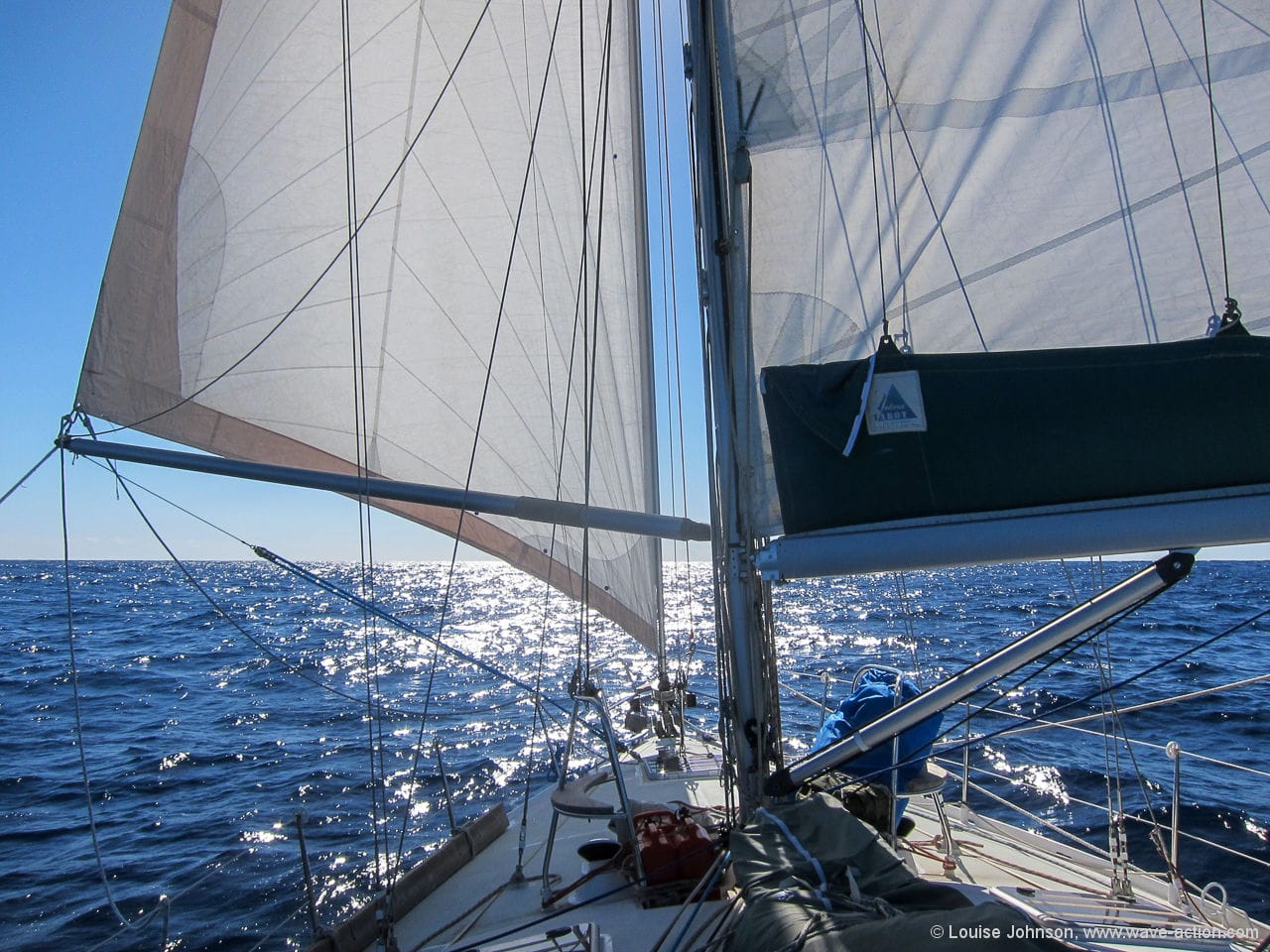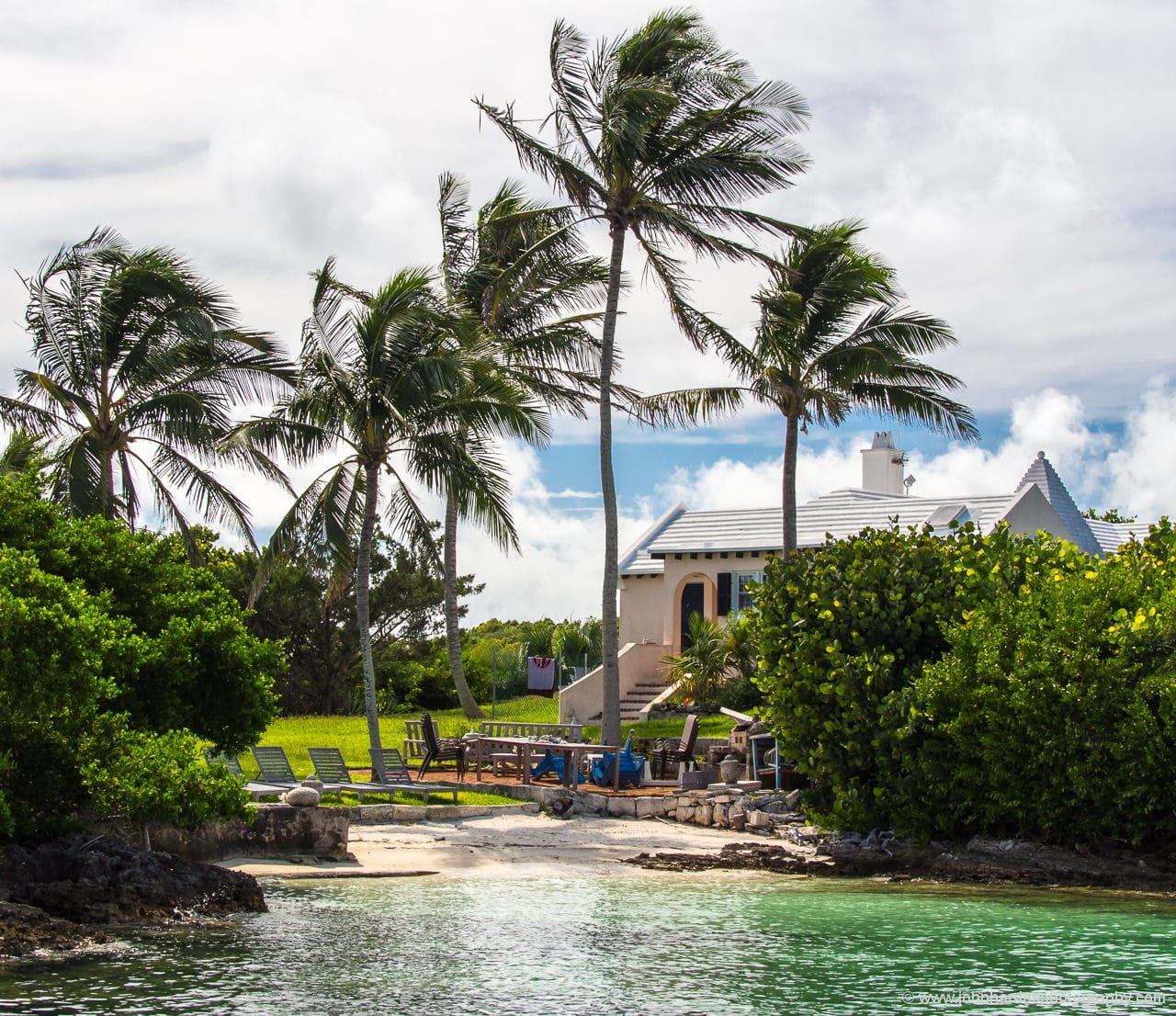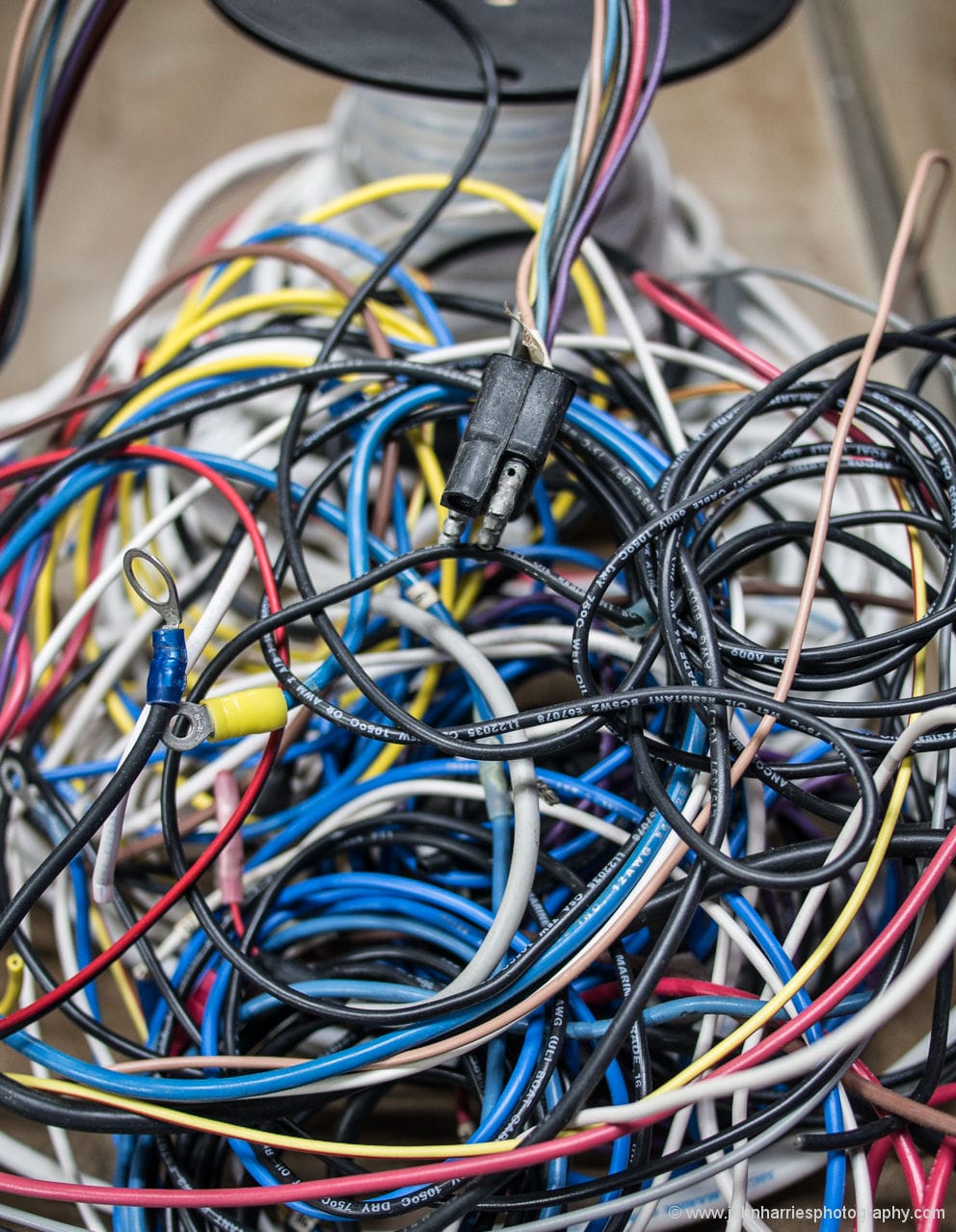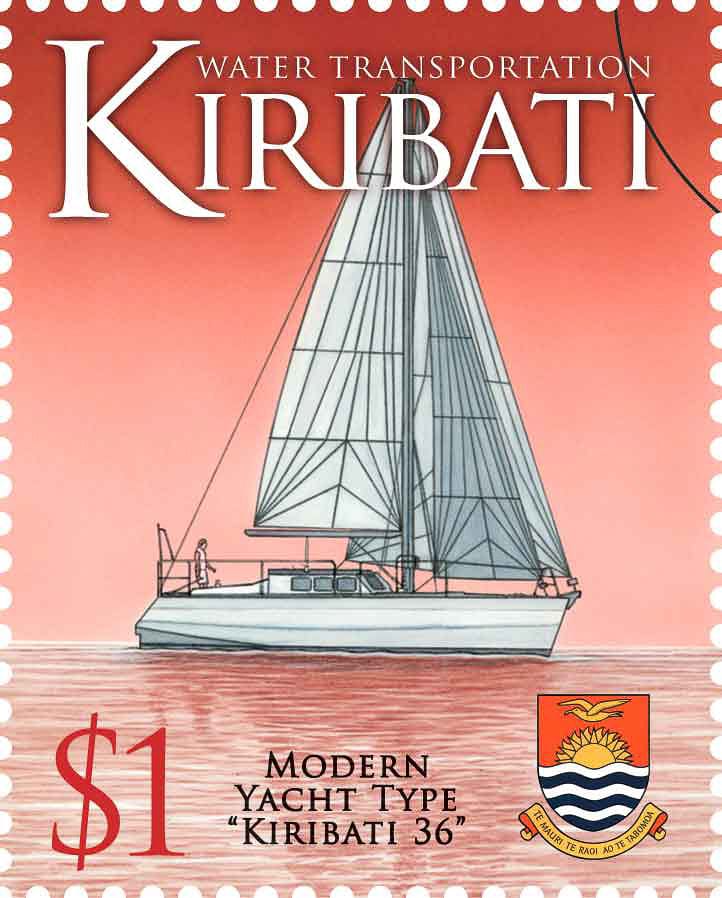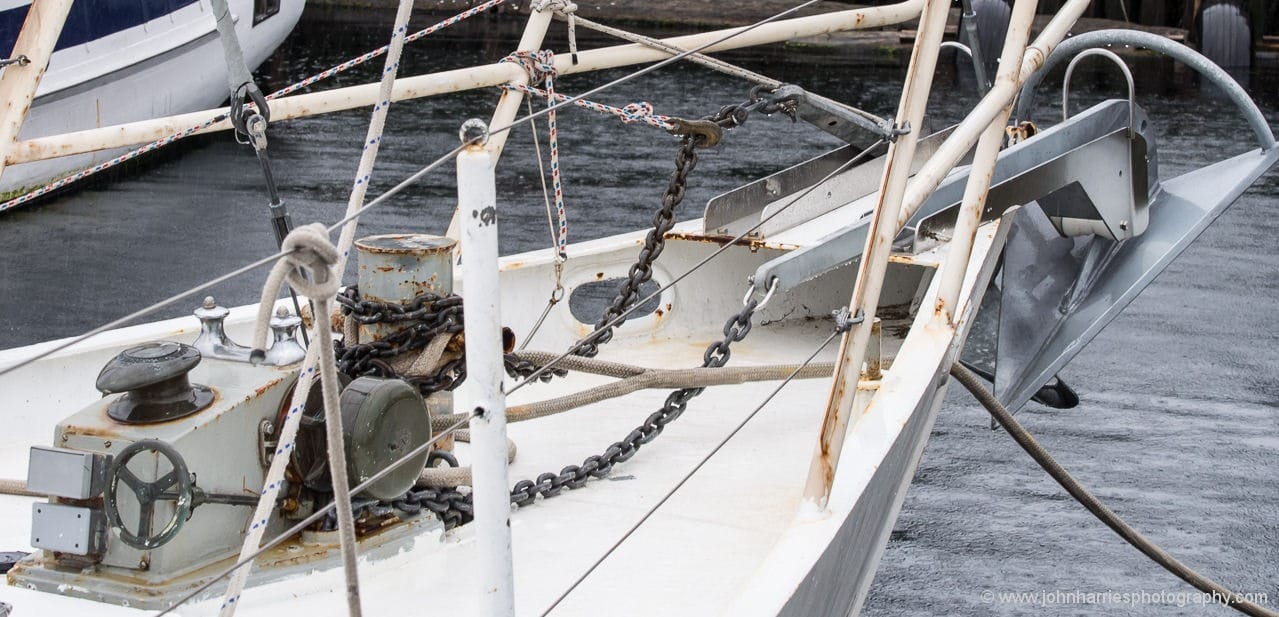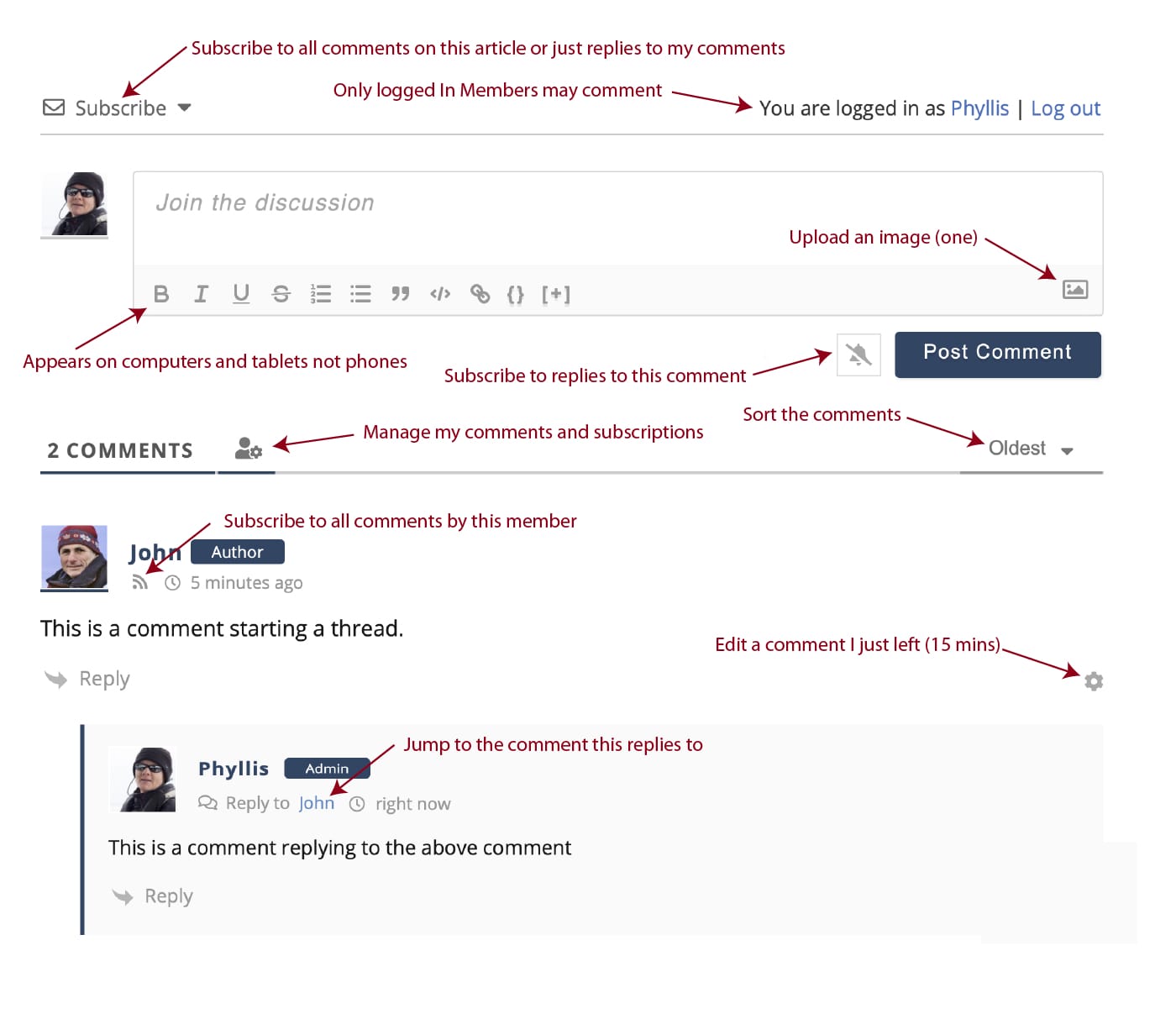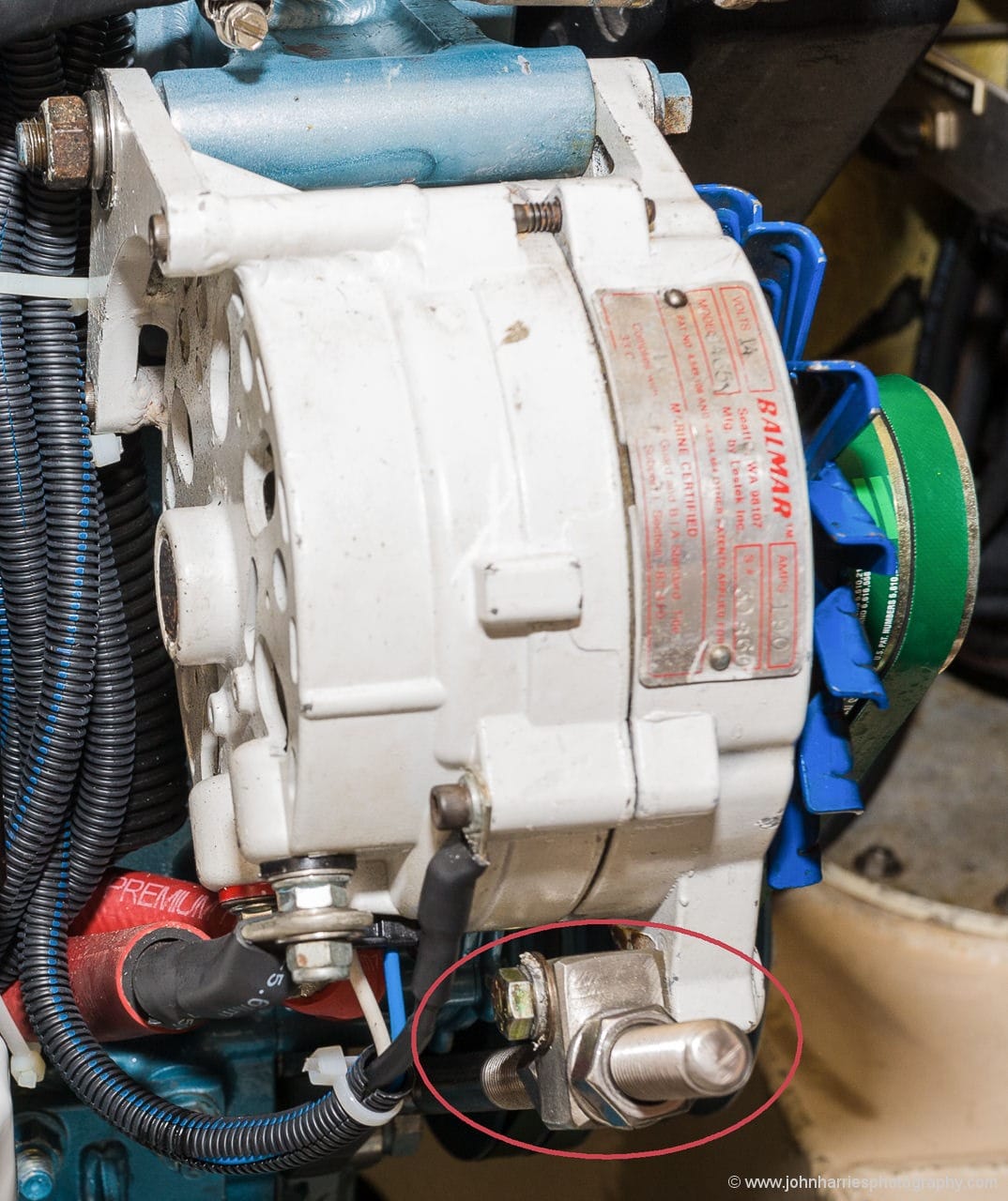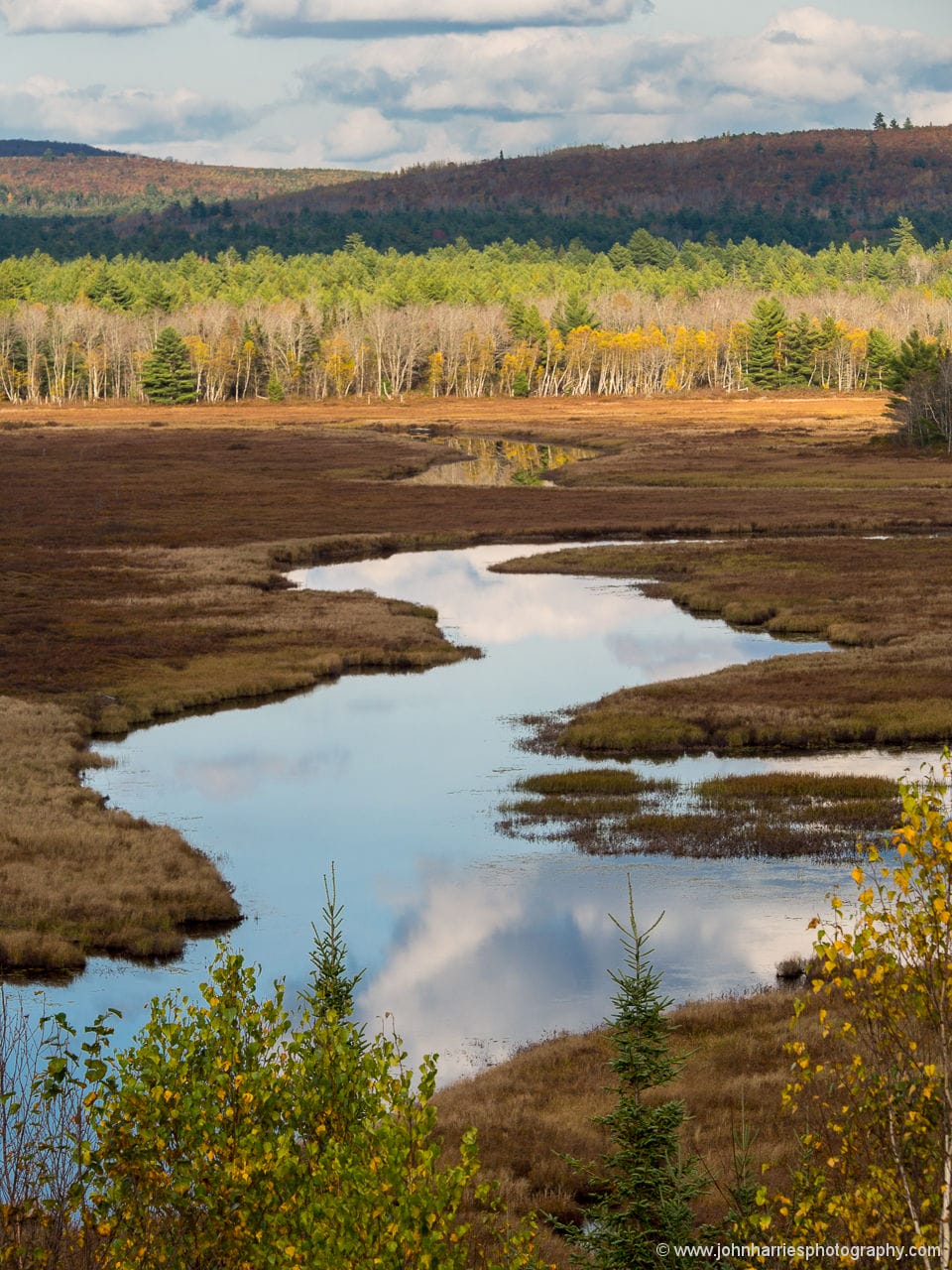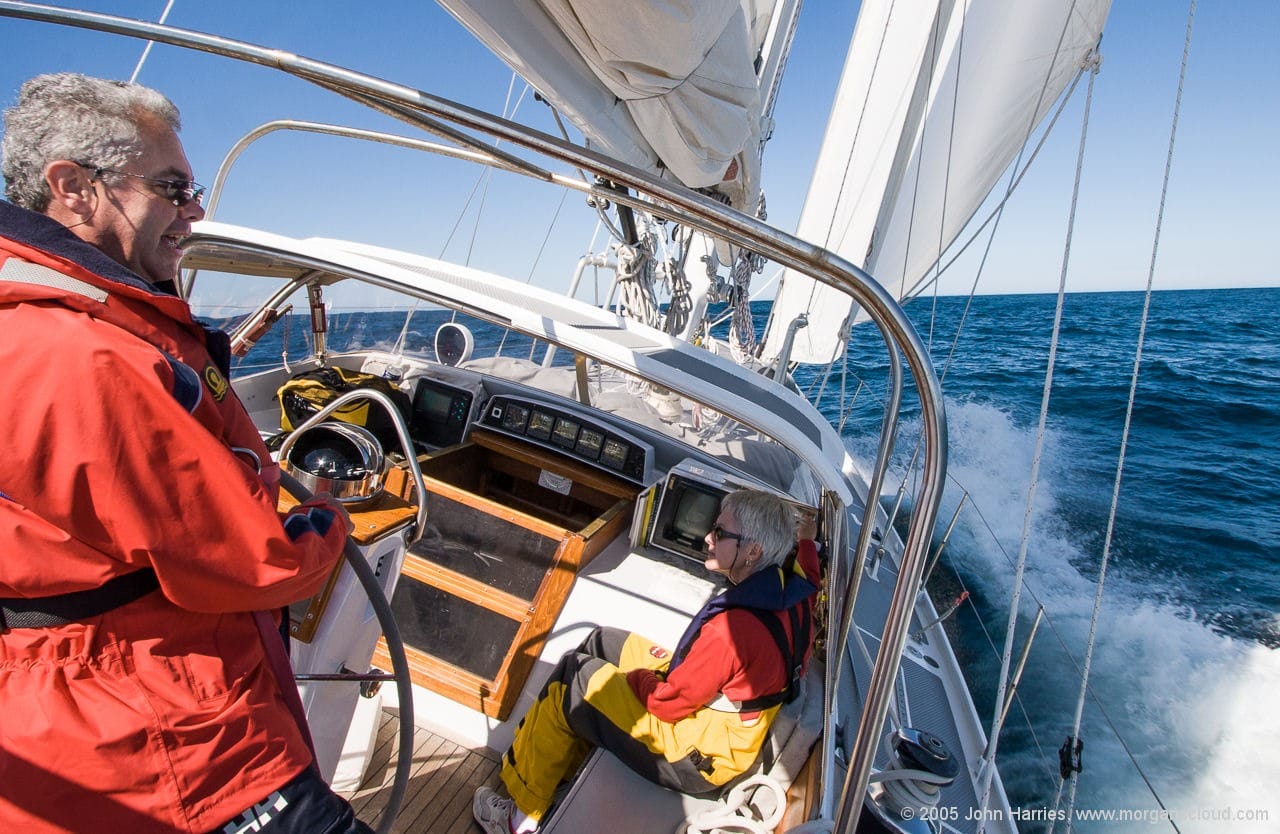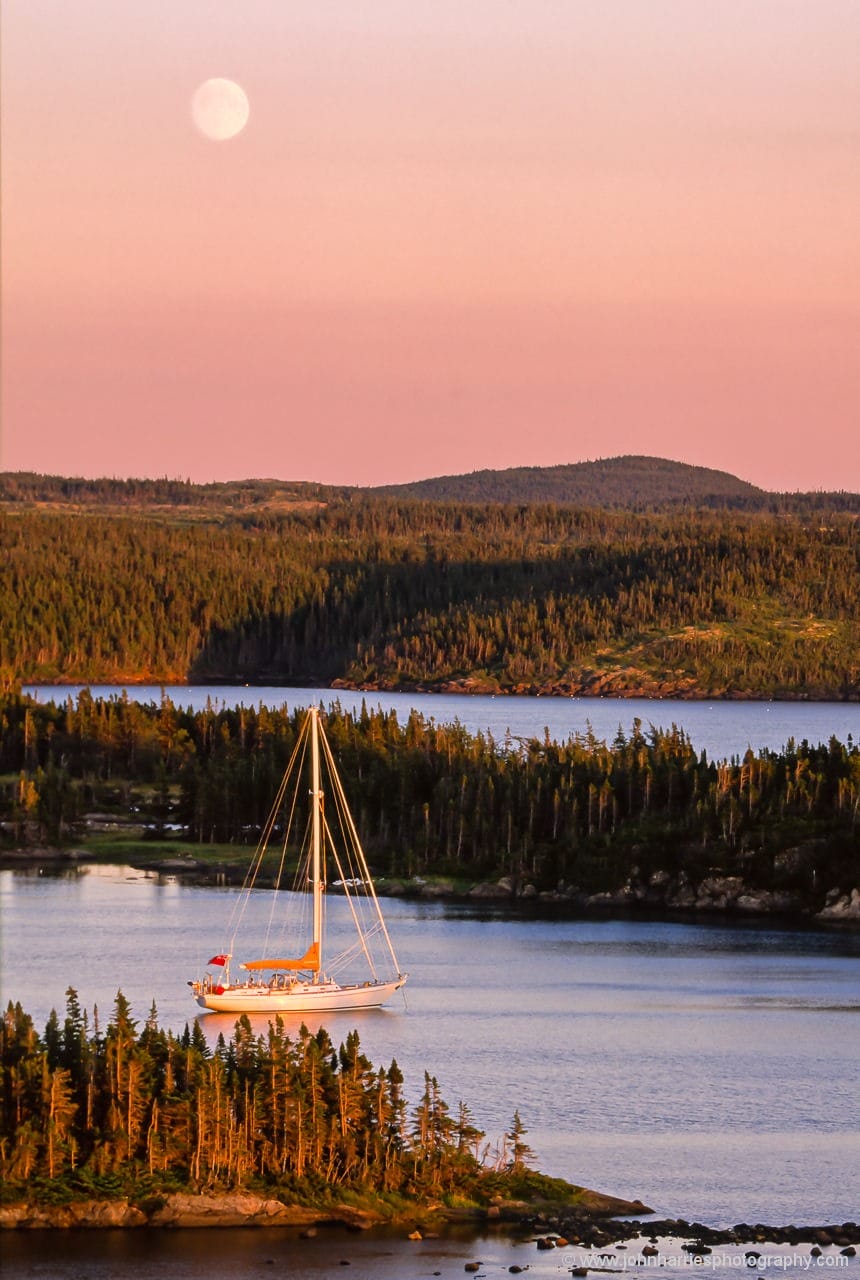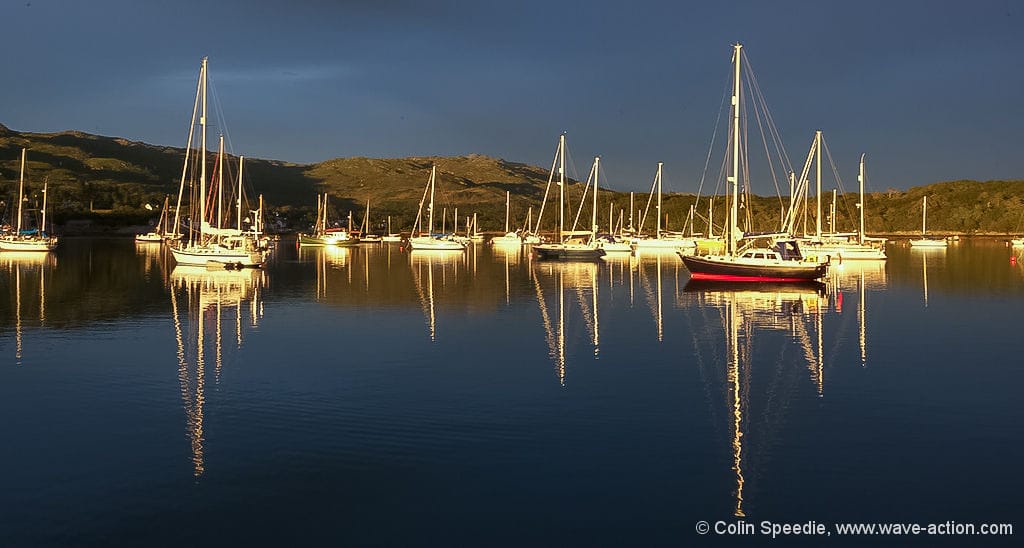-
Keeping The Water Out—Deck
8 CommentsReading Time: 9 minutesFreeRead more: Keeping The Water Out—DeckColin continues in his pursuit of watertight integrity by looking at ways to waterproof deck fittings.
-
John & Phyllis’ 36 Immutable Rules of Seamanship
62 CommentsReading Time: 5 minutesMembersRead more: John & Phyllis’ 36 Immutable Rules of SeamanshipWe start this Online Book with a list of important seamanship rules.
-
Lights Out!
20 CommentsReading Time: 5 minutesFreeRead more: Lights Out!After a stressful passage from Trinidad, Colin and Lou reach Grenada and a warm Caribbean welcome.
-
Lithium Ion Batteries Explained
58 CommentsReading Time: 7 minutesMembersRead more: Lithium Ion Batteries ExplainedMatt examines lithium ion batteries in detail and answers the question, Should I use lithium ion batteries for the house bank on my boat?
-
Two Yacht Losses, Many Lessons Learned
83 CommentsReading Time: 6 minutesMembersRead more: Two Yacht Losses, Many Lessons LearnedAnalysis of the loss of two very different yachts in the North Atlantic. One fully crewed and one single handed.
-
Keeping The Water Out—Topsides
37 CommentsReading Time: 6 minutesFreeRead more: Keeping The Water Out—TopsidesThere are few things more miserable on a boat at sea than salt water below from deck leaks. And if said leaks get bad enough, they can sink you.
-
20 Tips To Get Anchored and Stay Anchored
57 CommentsReading Time: 3 minutesMembersRead more: 20 Tips To Get Anchored and Stay AnchoredYou can have the best anchors and associated gear available, but if you don’t use that gear properly you won’t get anchored and stay anchored. In this post we carry on from Part 1 with some tips for techniques to help make you a happy anchorer.
-
Great Things About Voyaging—No TV
54 CommentsReading Time: 2 minutesFreeRead more: Great Things About Voyaging—No TVThis morning I have a musing about one of the more obscure, but none the less, wonderful benefits of offshore voyaging.
-
It’s a Big Country, The Movie
10 CommentsReading Time: 2 minutesFreeRead more: It’s a Big Country, The MovieAs promised just before Christmas, we have now published our annual slideshow…but with a couple of differences from past years.
-
Don’t Leave It Too Late
25 CommentsReading Time: 6 minutesFreeRead more: Don’t Leave It Too LateIt’s a time of year when all of us, hopefully, are focused on the things that really matter, family, friends and life direction, and Colin has the perfect post to fit into that. Don’t miss it. I promise it will make you think and it might just change your life.
-
Watertight Bulkheads
24 CommentsReading Time: 5 minutesFreeRead more: Watertight BulkheadsThough watertight bulkheads are arguably not imperative on a cruising boat they could give you some extra time when it really counts.
-
Salty Dawg Rally—What The Hell?
88 CommentsReading Time: 5 minutesFreeRead more: Salty Dawg Rally—What The Hell?I suspect that this post is not going to make me popular, but I’m seething about what’s happening with these rallies and offshore voyaging in general, so here goes—brace yourselves. What the heck is going on here? As I understand it, 116 boats were registered in the Salty Dawg Rally and at least five of […]
-
Life In The Bus Lane*
13 CommentsReading Time: 5 minutesFreeRead more: Life In The Bus Lane*Pélerin serves her time in a boatyard in Trinidad in preparation for heading to the Caribbean.
-
A House That Makes Me Think About Cruising and Life
47 CommentsReading Time: 5 minutesFreeRead more: A House That Makes Me Think About Cruising and LifeFunny the triggers that get me thinking about larger issues. A few weeks ago, while we were visiting Bermuda and out with friends on the water, we passed the house in the picture above. It’s a pretty nice house. It shares an island in Hamilton Harbour with several other private residences. It has a small […]
-
Distributed Power For Cruising Yachts: Is The Vendor Commitment There?
46 CommentsReading Time: 6 minutesFreeRead more: Distributed Power For Cruising Yachts: Is The Vendor Commitment There?Matt, AAC Technical correspondent, takes a look at an intriguing new technology that holds a lot of promise for cruising boats. But before we all rush to wire our boats this way, there are some questions that the vendors need to answer.
-
Green Nomad
10 CommentsReading Time: 2 minutesFreeRead more: Green NomadWe have written before about young people who have chosen sailing as their way to have adventure, see the world, and, for a good number of them, make a difference, whether it’s through their films, photographs, blog, relationships developed while underway, etc. We’ve just added another young couple to the group we link to—thank you […]
-
John’s Thoughts & Photos, November 2013
48 CommentsReading Time: 3 minutesFreeRead more: John’s Thoughts & Photos, November 2013It’s amazing how often we see this: an otherwise substantial anchoring set up totally compromised by one small detail. Can you spot it? Please leave a comment. Just to keep things simple, I’m only talking about the starboard anchor.
-
AAC Comment Tips & Guidelines
16 CommentsReading Time: 6 minutesFreeRead more: AAC Comment Tips & GuidelinesTips, explanation of moderation and guidelines.
-
10 Tips To Install An Alternator
181 CommentsReading Time: 7 minutesMembersRead more: 10 Tips To Install An AlternatorHow to buy and install a real live-aboard cruiser’s alternator that will be reliable over the long term.
-
Fall Travel
7 CommentsReading Time: 2 minutesFreeRead more: Fall TravelNova Scotia is Pretty Nice in the Fall
-
Want to Get out There Cruising? Sail Offshore With Other People
14 CommentsReading Time: 3 minutesFreeRead more: Want to Get out There Cruising? Sail Offshore With Other PeopleOne of the most important steps to getting out their ocean cruising is to do at least one passage with an experienced skipper before trying it on your own.
-
Want to Get Out Cruising? Don’t Be a Pioneer
39 CommentsReading Time: 3 minutesFreeRead more: Want to Get Out Cruising? Don’t Be a PioneerSure, diesel electric drives, lithium ion batteries, unstayed carbon masts, and composting toilets are fun technology and interesting too. But if your goal is to actually get out there cruising as soon as you can for a relatively reasonable amount of money, we recommend that you only use gear that has been in wide general use for at least 20 years. Here’s why:
-
Self-Study of Polar Bears
32 CommentsReading Time: 8 minutesFreeRead more: Self-Study of Polar BearsPhyllis has just completed a six month long self-assigned course on polar bears. In this post she shares what she has learned about this beautiful animal and the ways her new knowledge will affect our behavior when we go north. She also expresses deep concern about what we believe to be the badly flawed policies of Parks Canada.
-
10 Tips to Help You Get Out There Cruising
36 CommentsReading Time: 5 minutesMembersRead more: 10 Tips to Help You Get Out There CruisingAre you struggling to get out there cruising? Do there seem to be a million obstacles between you and your dream? We have 10 sure-fire tips that will help you get out there sooner, and have more fun and be safer when you do.
-
What We Did On Our Summer Holidays
4 CommentsReading Time: 5 minutesFreeRead more: What We Did On Our Summer HolidaysSo how do you unwind from a long and challenging voyage across the Atlantic to Brazil by sailboat? Well, if you are Colin, you do a long and challenging science project by…you guessed it, sailboat.

